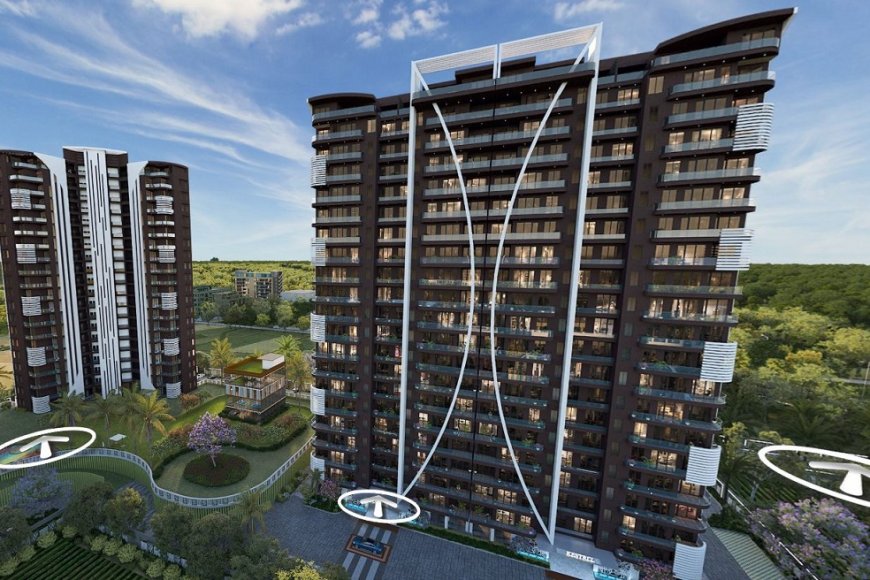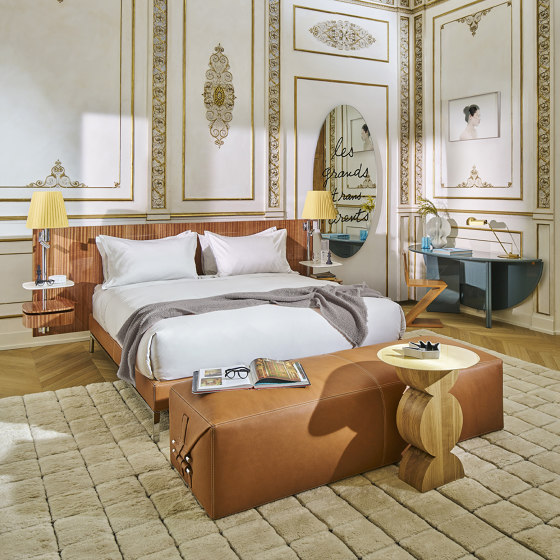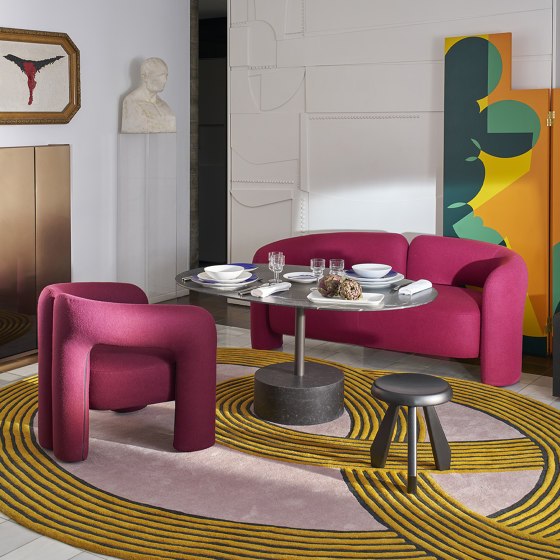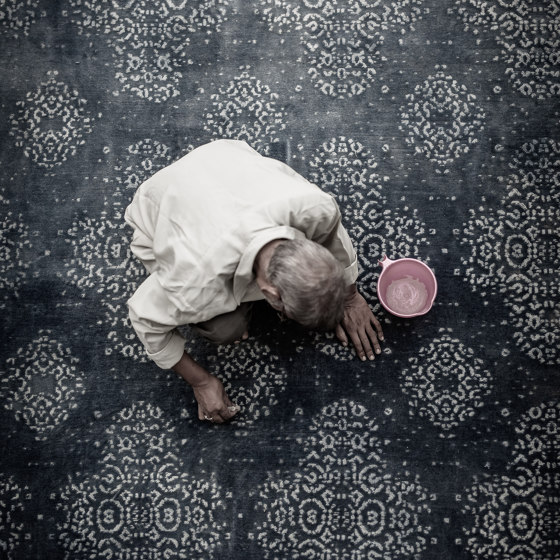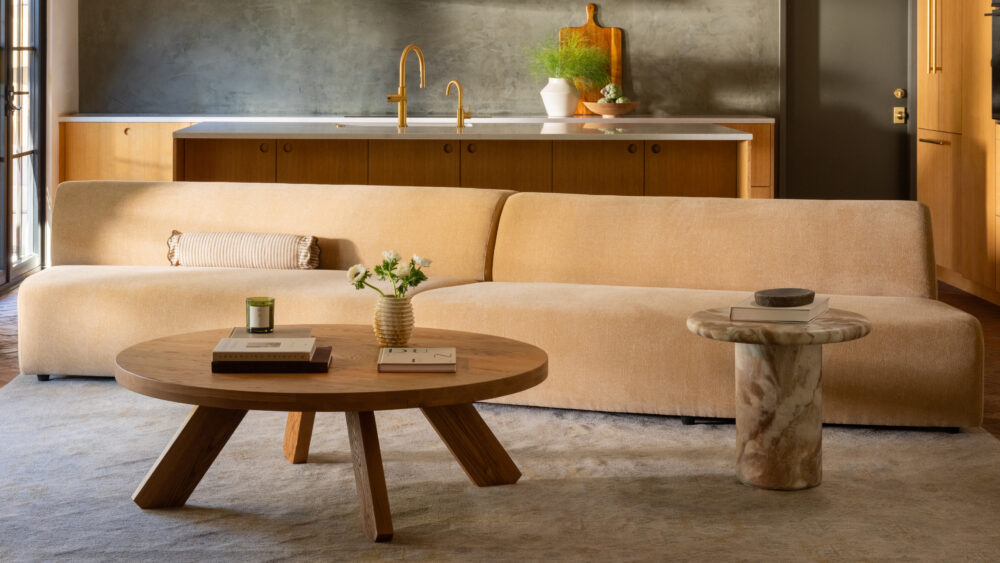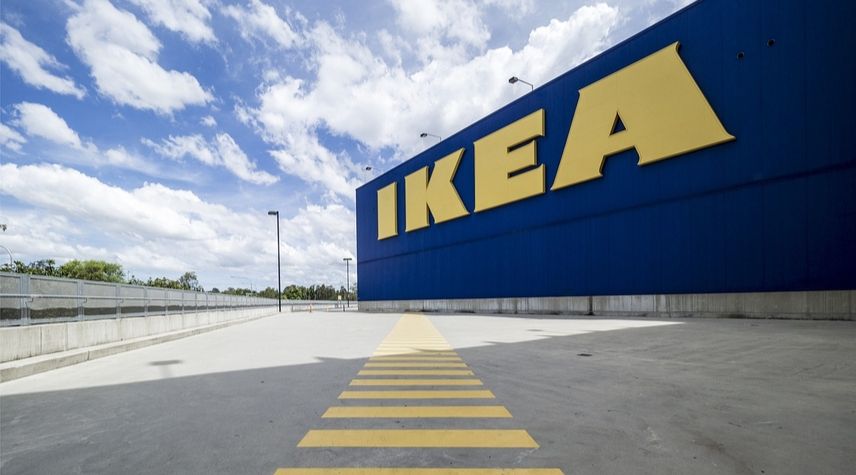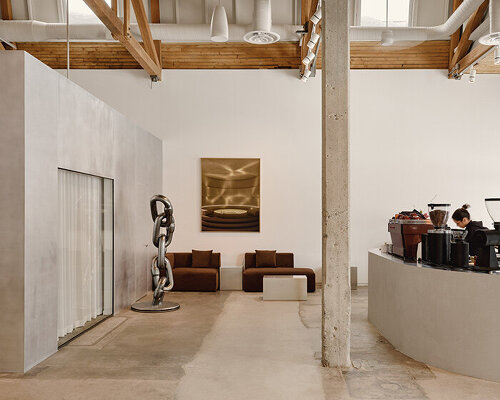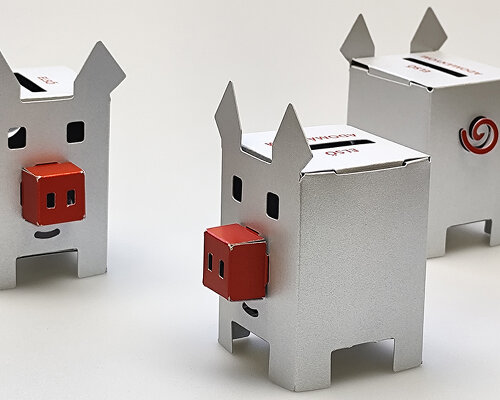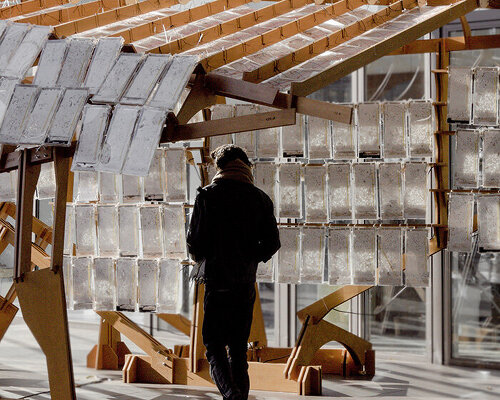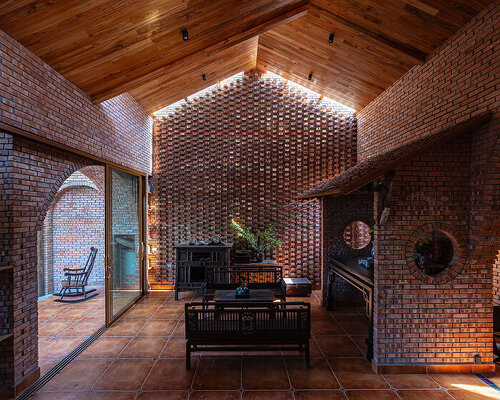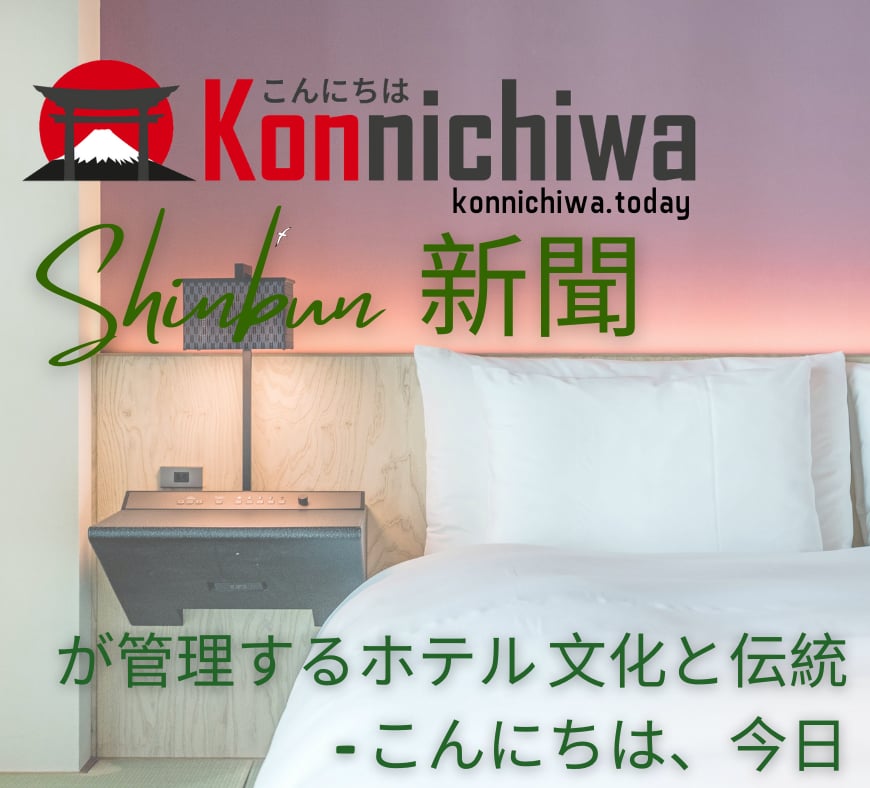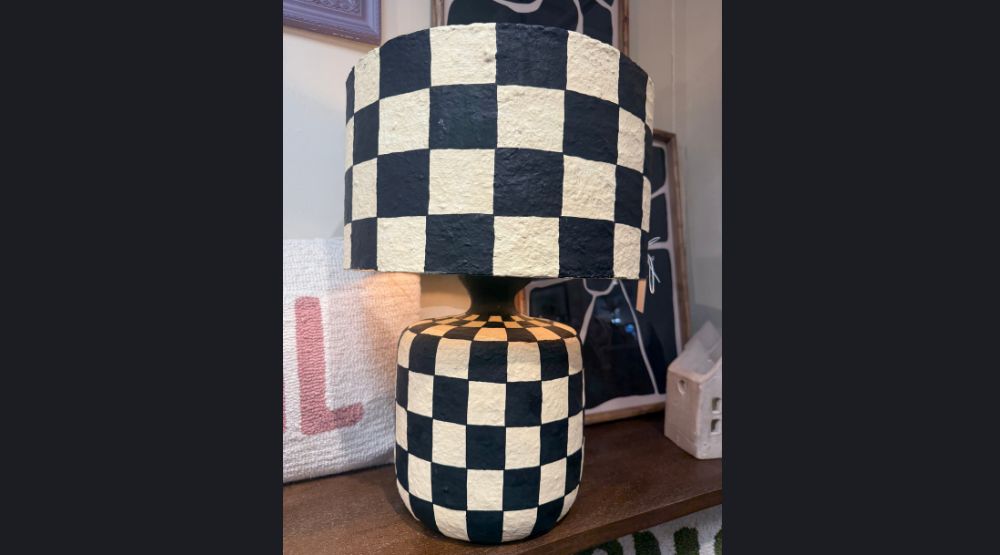Design as medicine: Panelists explore wellness through interiors

LAS VEGAS – A panel of designers moderated by Executive Editor Cindy Hodnett during the recent Las Vegas Market talked about designing wellbeing by focusing on the areas of neuroaesthetics, biophilia and the healing power of beauty in interior design.
Panelists included Mike Peterson, the founder of Science in Design; Janet Marena, the founder of JTM Interiors; and Rose Tanjoco, the founder of Internationally Designed Interiors.

The three panelists discussed how the healing power of design is transforming the way that people understand and communicate about the interior design field.
“The future of medicine is in home improvement,” Peterson said. “In 2015, I read a study about how designers can help improve health. That was 10 years ago, and at this point we have enough data that it’s no longer anecdotal, and it involves both architects and designers. I formed Science in Design in 2021, and we now have hundreds of members and an accreditation program.”
According to the panelists, new studies have shown that beauty has the power to heal, allowing design to be thought of as a wellness tool with real, measurable impact.
“In 2020, during the pandemic, designers were asked to help people alleviate stress in their interiors,” said Tanjoco. “Since we are so attached to digital all the time, we need to get outdoors more often or bring the outdoors in. We also need to remember that design is not static. It needs to change to suit our wellbeing.”
The panelists said that doctors can often tell what the issue is when they see into someone’s home. The idea is to use design as an overarching element to improve health.
“The field of neuroaesthetics is developing. To explain more, neuro equals brain, and aesthetics equals design,” Peterson said. “It’s the study of the reaction of your brain to the environment.”
Panelists said that our unconscious mind actually takes two to three seconds to process what we see before it registers with our brain. Humans like to see representations of themselves, such as seeing a face in the front of a car with eyes, mouth, etc.

“It’s important to design for the unconscious mind,” Tanjoco added. “I work to draw clients out to get details to help make them comfortable in the space.
“For example, I had a Florida client who had hard edges in the floorplan but wanted feng shui and a more rounded feel. She wanted clean, light and peaceful. I used rounded furniture to soften the hard edges and made a face using the furniture. It’s important to set that type of energy at the door.”
Science and art are changing to become more intermingled, according to Manera.
“We need to focus on human centered design since our human instincts don’t go away,” she said. “We need to be intuitive in design. These ideas are based in fact. We respond to things we see in nature. We like to have a view. For example, when we sit at a restaurant, we usually choose a booth so we can see what’s going on. You can use simple concepts like these to bring new ideas in.”
The other area of focus — biophilia — taps into the need for humans to connect with nature since bio equals nature and philia equals love.
“We can also use biomimicry, or copies of nature, to represent nature in the home,” Peterson said. “It’s been proven to improve health, it improves creativity, and it can create a refuge type atmosphere in the home. Biophilia is now the darling of the industry.”
While Peterson said there is strong support for the merger of design and health, he revealed that the No. 1 complaint from designers is that furniture manufacturers don’t know about neuroaesthetics and biophilia.
“Phillips Collection and Feizy are doing a good job, but others need to come around,” he said. “I advise sharing the information with everyone in the industry and pushing the narrative. It offers opportunities for designers to show differentiation in order to stand out. And it’s all scientifically based information.”

Manera said it’s a game changer that designers now have proof of the scientific value of design.
“I believe biophilia is both intuitive and esoteric,” she said. “Terrapin Bright Green offers several good reports and books to read about both neuroaesthetics and biophilia in design.”
Panelists agree that the phrase “timeless design” is overused. Design should always be changing to reflect the people who live in the space.
“I believe design can be both practical and pretty,” Manera said. “For example, I worked on a house with a sunken living room. Normally I would get rid of that, but I kept it since it worked for the family, and I created custom-designed bookcases. Surprisingly, I also kept the white carpet. The toddler came into the room at one point and fell on the carpet since she felt so comfortable in the room.”
Panelists talked about how Apple uses the concept of simplicity to draw people into its stores, and they said the same concept can be used in design.
“I believe it’s important to curate sensory environments, cocoon environments,” Tanjoco said. “Some unexpected colors can be overstimulating such as green and sea pearl. I work with people to find the colors that can help to soften the room.”
Tanjoco said she approaches her clients using a problem-solution format and asks specific questions to draw her clients out to better understand what they need.
When it comes to the growth of the Science in Design movement, Peterson said that the latest webinar drew more than 260 people.
“This idea has momentum, and I advise designers to become a part of it,” he said. “The language of design is changing. The future of design will be born in science.”
William Browning, managing partner at Terrapin Bright Green, will be a featured speaker at the 2026 Furniture Today Leadership Conference. During the session, Browning will discuss how to create a retail environment that wins repeat customers and attracts multigenerational shoppers. Browning’s clients include Disney, Lucasfilm, Google, Marriott, Bank of America, Salesforce and the White House. To register, go to furnituretoday.com.



